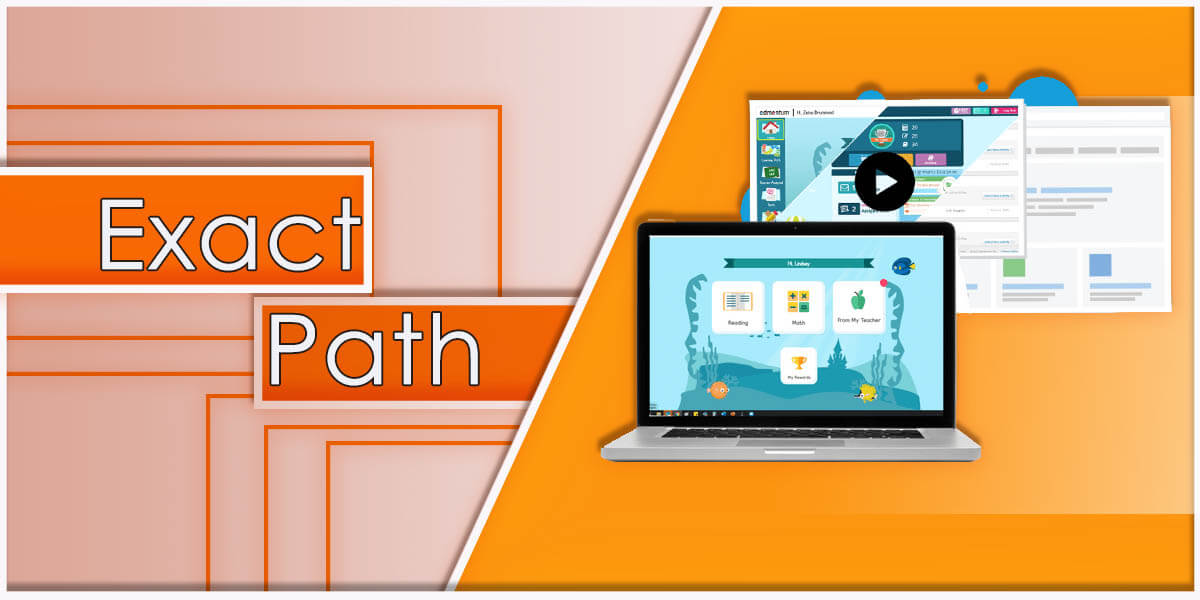As educators, our primary goal is to inspire students and help them achieve their fullest potential. In today’s rapidly changing world, it is crucial that we equip young learners with the skills and knowledge needed to succeed – not just academically, but in life. Traditional teaching methods alone may no longer adequately prepare Elementary Classrooms students for the challenges and opportunities of the future. This is where innovative teaching techniques can make a positive difference. By incorporating new, research-backed approaches into the classroom, teachers are better able to engage students and promote the type of critical thinking, creativity, collaboration and communication so valued by employers.
Flipped Classroom
A flipped classroom flips the traditional learning environment by delivering instructional content, often via video lectures or presentations, outside of the classroom. This allows for group learning activities, projects, problem-solving and discussions to take place during class time under the guidance of the teacher. Students watch or listen to pre-recorded lessons as homework, then use class time to apply what they’ve learned, either individually or in small groups, with the teacher available to offer support.
Several studies have found the flipped classroom model to correlate with higher student engagement and improved academic performance compared to traditional direct instruction. When implemented well, it offers numerous benefits for Elementary Classrooms students:
- Students can pause, rewind and review video lessons as many times as needed to understand new concepts. This allows them to learn at their own pace outside of class.
- Class time is freed up for more hands-on, collaborative activities that require problem-solving, critical thinking and interpersonal skills. Students who may struggle with lectures can get individualized assistance.
- The model encourages students to take responsibility for their own learning. They come to class prepared after engaging with course content at home.
- Teachers are able to spend class time interacting with and observing students to better identify gaps in understanding on a more individual basis.
- Students who are absent can easily access missed video lessons to catch up on their own.
To successfully flip their classrooms, Elementary Classrooms teachers should keep video lessons concise and ensure course materials are easy to access at home. They also need to carefully plan interactive class activities that reinforce what students learned as homework. Starting with a partial flip, where some instruction is delivered outside of class, may be less daunting than fully inverting the classroom all at once. With practice, teachers gain experience creating high-quality video lessons and facilitating engaging in-class sessions.
Project-Based Learning

Project-based learning (PBL) shifts the focus from passive learning to an active, student-centered approach. Through projects, students gain a deeper knowledge of subjects as they grapple with open-ended questions or challenges. PBL allows Elementary Classrooms kids to explore topics that interest them through hands-on investigation of real-world problems.
Some key aspects of PBL include:
- Students pursuing solutions to authentic questions or problems and presenting their findings.
- Teachers acting as facilitators rather than primary sources of information.
- Projects built around student inquiry, choice, and ownership of the learning process.
- Collaboration between students in small self-managed groups.
- Projects culminating in public presentations of findings to share solutions.
When implementing PBL, teachers first introduce an engaging driving question or problem for students to solve. They then guide students through the iterative process of asking questions, finding resources, drawing conclusions and presenting results. This mirrors how people tackle challenges in the real world.
PBL has been shown to boost student motivation, persistence and ownership over learning. It also promotes skills like communication, critical thinking, collaboration and self-management. Teachers should provide structured support and feedback to help younger students through open-ended projects. Starting with shorter, focused projects and building up to more extensive ones is recommended.
Cooperative Learning
Cooperative learning strategies involve students working together in small, structured groups toward a common academic goal. Teachers purposefully mix ability levels within groups and assign roles to ensure all students contribute. Examples of cooperative structures include think-pair-share, three-step interview and jigsaw.
Research indicates cooperative learning can lead to higher student achievement compared to competitive or individualistic learning. It encourages social skills development and responsibility for one’s peers. For Elementary Classrooms students, benefits include:
- Increased engagement and motivation to understand material to help their group.
- Development of communication, leadership and interpersonal skills through roles.
- Scaffolded support through peer tutoring that builds confidence.
- Exposure to diverse perspectives that promote respect, empathy and cultural awareness.
- Natural opportunities for formative assessment as teachers observe group work.
To implement cooperative learning, teachers should explicitly teach expected behaviors, provide a clear group task and establish individual accountability. They rotate roles frequently and ensure groups are purposefully composed. Starting with short, structured activities allows students to gradually build collaborative skills through practice.
Makerspaces

A makerspace is a creative, hands-on space where students can explore and problem-solve using tools, materials and the design process. Elementary Classrooms makerspaces may include craft supplies, electronics, littleBits kits, Legos and other building toys. The goal is to provide an open-ended environment that sparks curiosity, imagination and experimentation.
In makerspaces, students engage in self-directed exploration and construction of projects from initial concept to final prototype. Teachers act as facilitators, asking thoughtful questions to guide the design process. Makerspaces encourage skills like:
- Creative and critical thinking as students brainstorm project ideas.
- Problem-solving as they encounter setbacks and iterate on designs.
- Collaboration as students provide feedback and work together.
- Perseverance as projects require sustained effort to complete.
- Understanding of core STEAM concepts through applied learning.
To establish a makerspace, teachers should thoughtfully curate a variety of open-ended materials. They provide clear safety guidelines and model the engineering design process. Rotating different stations keeps things novel and engaging for students. With experience, teachers can integrate makerspace projects into core lessons across subjects.
Inquiry-Based Learning
Inquiry-based learning shifts lessons from a tell-and-practice format to one driven by student questions. Teachers pose open-ended prompts that spark curiosity and set students off on an exploratory journey involving planning, investigating, analyzing and sharing results. Inquiry allows students to take an active role in constructing new understandings, with teachers as guides on the side.
For Elementary Classrooms students, inquiry-based learning helps promote critical thinking skills, confidence in exploring the unknown, collaboration and communication. Some common inquiry structures include:
- Questioning techniques like “I wonder…” statements to spark questions.
- Hands-on science experiments designed by student questions.
- Research projects where students determine what they need to learn.
- “I used to think…now I think…” writing prompts after investigations.
To implement inquiry well, teachers should thoughtfully design open-ended prompts and provide structured support and feedback during the learning process. Scaffolded questioning techniques help guide student inquiries. With practice, teachers can integrate more open-ended explorations across disciplines.
Read More: Best Learning Games for Elementary Education in 2024
Conclusion
In conclusion, incorporating innovative teaching techniques into the elementary classrooms has tremendous potential to transform learning for students. When implemented judiciously based on research and best practices, the methods discussed here can boost engagement, enhance 21st century skills and inspire a lifelong love of learning. While change requires effort, teaching is an evolving profession. I encourage educators to thoughtfully experiment with new approaches and reflect on outcomes with their students in mind.




